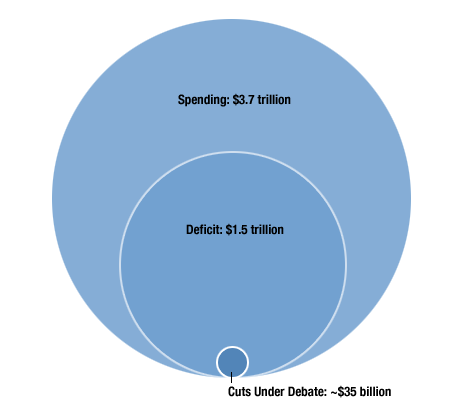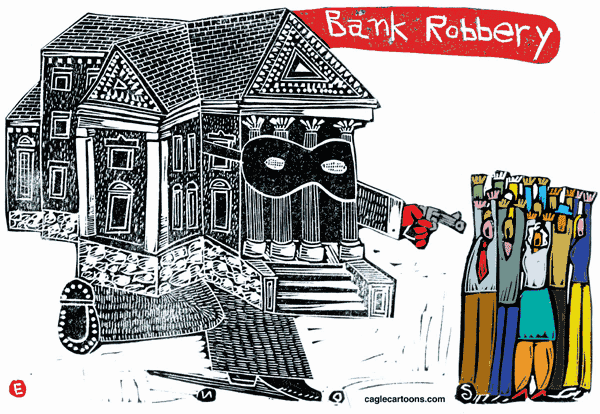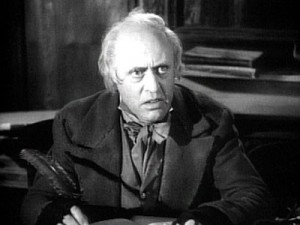
Maybe that doesn’t ring a bell. But if you’ve ever traveled over Suisun Bay on 680, you’ve likely looked out into the water and wondered what the dozens of idle Naval warships were doing there.
Well, folks, that collection of rusty, peeling-paint, barnacle-clad vessels is known around here as the “Mothball Fleet”. The Mothball Fleet is part of the US National Defense Reserve Fleet which has installations in several locations. This one is the largest in the Pacific. Apparently, despite the ghosty appearance, those bad boys are maintained and service-ready, and in fact two ships were called upon for transport as recently as the Gulf War.
If you’ve driven by, and not noticed, well, thanks for keeping your eyes on the road, I suppose. But if you’ve ever been intrigued by their appearance, you could always have taken a guided tour around the bay – I did it once. It was a birthday surprise with my family, for my father, who was utterly fascinated with the up-close inspection and historical insights given by the tour guides. (I’ll see if I can track down the contact info for that tour – good stuff.)
But now, you can get a peek behind the scenes at some of the inaccessible views of these ships, at a live showing of the work by some local photographers. It’s on May 7 at Workspace Limited in San Francisco. You can see all the details of the event on this page, as well as some intriguing historical background, sample images, and bio about the photographers.
Go check it out.
I love this kind of photography – abandoned, deserted, decrepit relics of commercial and industrial magnificence. A ways back, I pointed to a 100 photo collection of abandoned homes in Detroit MI. There are quite a few real estate related collections like this making their way around, and sometimes you just have to sit back and appreciate what you can about some of life’s less pleasant moments. Anyway – enjoy the scenery…







